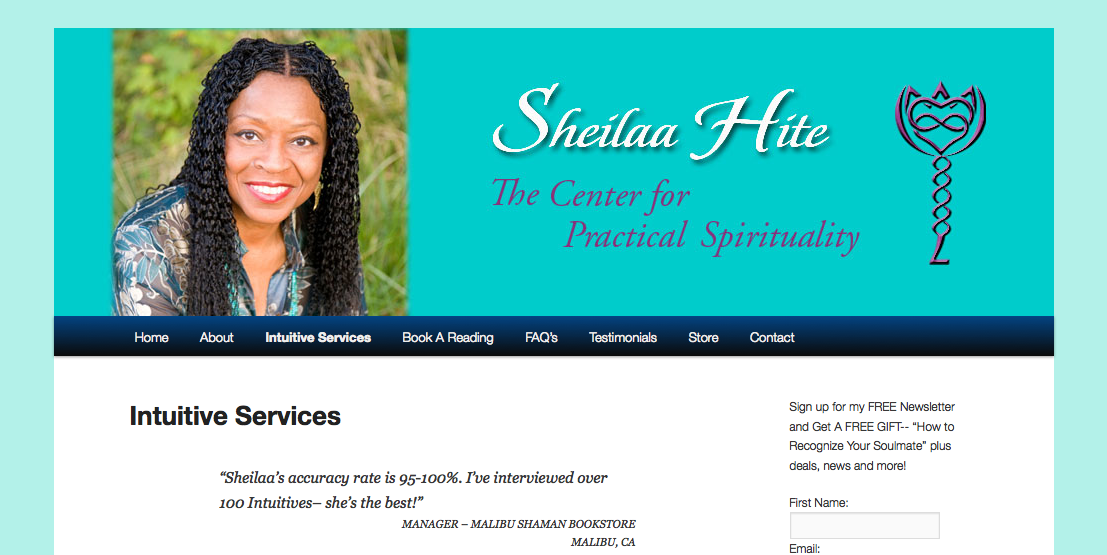When some of my clients first approach me seeking to make changes to their website, I find that their current site was made at a different time time in web history, when it was customary to create a website and then consider that particular task ‘done.’
Meanwhile, discussion, information and news about the work of their business or organization continued to be created in the offline community, perhaps on a daily basis, but this information was not visible to any online customers because it resided mostly on paper and then later, in emails and online via 3rd party sources.The business website would not reflect these discussions.
Now these discussions are also held on social media sites ~ Facebook, Twitter, etc.
For an organization to maintain control, they need to have a website that can serve as the official center of their message at all times.
A website needs to stay flexible, current and connected.
The content – the words and images – need to stay separate from the presentation, the structure of the site.
On some older websites, knowledge of html is required to make the smallest change or addition. The pages mix content and presentation in their static code, and changes can only be done by editing each page by hand.
This means that adding another page to the site would require the link for the new page to be added to the menu sections for each page manually.
Almost all current websites no longer use this method, but instead are database driven, using a website software that allows a one-time change to propagate across an entire site.
Website software choice is generally divided between proprietary (licensed paid) and open source (license free) choices.
There are many choices for proprietary website softwares. One problem with this approach is that the site will be completely dependent on a small group of developers for new features and support. This tends to drive up ongoing costs.
If the website software is also provided by the hosting company, this can place further restrictions on flexibility. You cannot easily move your site to a new host.
In some cases, the proprietary route makes sense because the unique needs of the business require it, and the software is focused on that aspect.
I work in many proprietary website softwares, but recommend and specialize in using WordPress open source software as the basis for almost all of the informational sites I build.
The basic functions of this license-free software continue to evolve. A world-wide community of developers contribute improvements to the core software on an almost daily basis. It is one of the most popular softwares in the world.
With the addition of add-on free and premium plugins, it is possible to replicate the kinds of functions found on high budget/high traffic sites using WordPress. In fact, some of these sites are using WordPress.
A feature such as social media connections can be relatively easy to add to a WordPress site, and if a new and better service or integration comes along for this function, it is also relatively easy to upgrade.
For most conversion projects we would first be looking at a conversion of the existing page content, or your updated content, into the new WordPress version of the site.
Accessible via the famously easy to use Dashboard, the client would then have the ability to edit or add to this material in-house or continue to use our webmaster services.
Some of my clients update their sites daily on their own, only needing my help when they would like a new feature or strategy for their promotion efforts.
The existing site presentation graphics can be replicated as a WordPress Theme (a collection of files that controls the position and display of information on the site) or we can engage in a new Theme design process.
I have worked with outside graphic designers to realize WordPress Themes and on other projects I have been both the site and custom Theme developer.
The cost for a WordPress conversion is generally divided between setup of the site structure and function and Theme creation.
This scenario allows you to have an attractive and useful web presence, while saving costs by using in house staff to make changes to the site.





Thanks for putting the intricate topic of website migration in simple terms. I easily understood it when you put it in those terms.
Glad to help!
Thank you for every other informative blog. The place else may I am getting that type of info written in such a perfect approach? I have a mission that I’m just now operating on.
Good luck with that!
Nice post. My friend Adam told me about this blog a few weeks ago but this is the first time visiting. I’ll be back for sure.